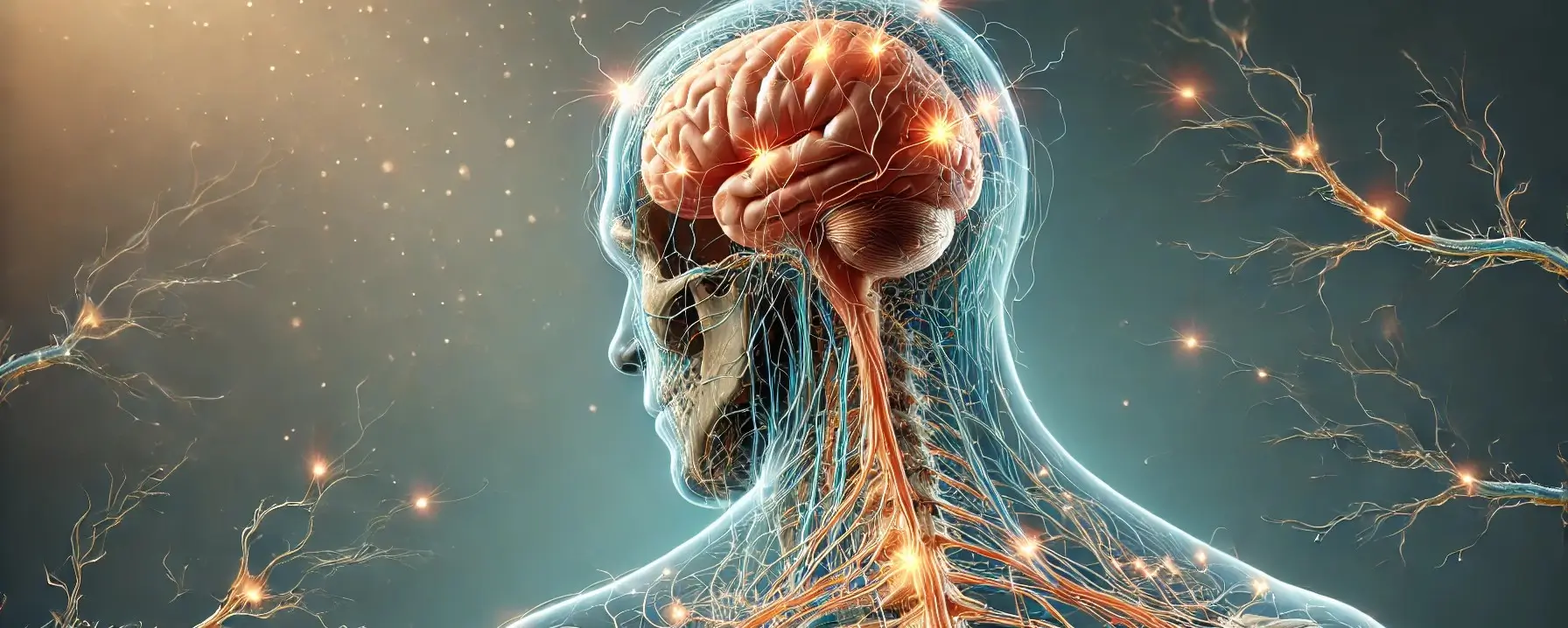- Let’s Discuss Introduction of Nervous System in easy points:
- The nervous system is a complex network of neurons that transmit signals throughout the body, coordinating and controlling a wide range of functions, from voluntary movements to involuntary processes like homeostasis and internal organ regulation.
Main Divisions:
1. Central Nervous System (CNS):
- Composed of the brain and spinal cord.
- Acts as the primary control center, processing sensory information, generating thoughts and emotions, and coordinating movements.
This is a sample ad placement!
2. Peripheral Nervous System (PNS):
- Consists of all nerves outside the CNS, connecting it to the rest of the body.
- Subdivisions:
a) Somatic Nervous System:
- Controls voluntary movements and perceives external sensations (touch, pain, temperature).
- It includes sensory neurons (body to CNS) and motor neurons (CNS to muscles).
This is a sample ad placement!
b) Autonomic Nervous System (ANS):
- Regulates involuntary processes and internal organ functions. It has two parts:
- Sympathetic Nervous System: Activates the “fight or flight” response during stress.
- Parasympathetic Nervous System: Promotes the “rest and digest” state, helping the body relax and conserve.
Thank you for reading from Firsthope's notes, don't forget to check YouTube videos!
This is a sample ad placement!

